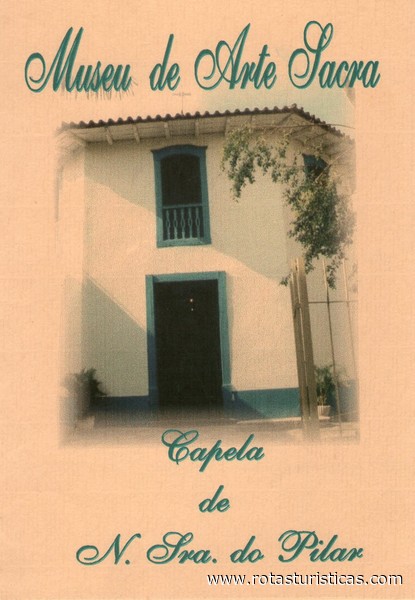Taubaté, São Paulo, Brazil
Suggest Place to Visit
1771
Track to location with GPS |
 |
Built by the initiative and at the expense of Licensed Timóteo Corrêa de Toledo, at a total cost of 592 thousand réis, on land owned by him, located at Rua dos Gil (now Rua Bispo Rodovalho), corner with Rua Direita (now Rua Visconde do Rio White), the Chapel of the Pillar had its construction settled by deed of Repair, Promise and Obligation with the master of works Francisco Veloso de Aguiar, on June 5, 1748, and the works began shortly thereafter. The original of this document, as well as a background certificate by Timóteo Corrêa de Toledo, can be found in the "Dr. Félix Guisard Filho" Historical Archive at the Taubaté Museum, Heritage and Historical Archive Division.
The Pilar Chapel was the second religious building to be built in the urban perimeter of the village of S. Francisco das Chagas de Taubaté. The first church in this village was the Mother Church of São Francisco das Chagas, built by its founder, Jacques Félix, around 1640 and dedicated to the local orago (patron).
At the time of its beginning (1748), there were already in Taubaté, besides the Mother Church itself, two other temples: the Convent of Santa Clara, of the Franciscan Order (1674) and the Chapel of N. Srª. of the Black Men (1700) both, however, located outside the urban perimeter of the colonial village. Its historical importance is due to the fact that it is one of the few remaining buildings of the colonial period, still existing in Taubaté, without having changed in its architectural originality. As for its architectural and decorative style, it is a rarity, as an example, of Baroque architecture, with a mining influence, situated, therefore, outside its natural setting, very similar to two other mining chapels - that of N. do Ó (in Sabará) and S. Francisco (in Caeté), both contemporary, since they were also built during the 18th century. The then Diocesan Bishop of Taubaté, Archbishop Francisco Borja do Amaral, publicly expressed his intention to create a Museum of Sacred Art in this Diocese, to be installed in the Pilar Chapel, as can be seen in the edition of the local newspaper "O Correio do Vale do Paraíba "of June 26, 1945, available for consultation at the" Antonio Mello Júnior "Hemeroteca of the Taubaté Museum, Heritage and Historical Archive Division, which reads:
The Bishop of Taubaté, Bishop Francisco Borja do Amaral, issued the following order: "Do not sell any object of the Churches to anyone. The Pillar Chapel will in future be the Museum of Sacred Art of the Diocese, where you parish priests should send rare objects, or worthy of figuration.
Forty years after that notification, the Taubaté Museum of Sacred Art was finally installed, by means of an agreement signed between the City Hall and the Diocesan Miter, and the Museum was installed in a building of Mithra, with a collection of its property, administered by the City Hall. . The museum was solemnly inaugurated by the then Mayor of Taubaté, Dr. José Bernardo Ortiz, in a ceremony that took place on December 23, 1985, in the presence of His Reverend Excellency, Sound Antonio Afonso de Miranda, at that time, Diocesan Bishop of Taubate. At that time, the exhibition "Brotherhoods and Chapels" was organized by the late Taubatean public, organized by the late Professor Paulo Camilher Florençano, at the time, Director of the Taubaté Museum, Heritage and Historical Archive Division and creator of the local Museum of Sacred Art. Several years after its inauguration, the Taubaté Museum of Sacred Art remains in full swing, holding several temporary exhibitions annually, always seeking to highlight its varied collection; In addition, it seeks to acquire new pieces, through loan or donation, to be identified by the visiting public as a dynamic museum. Throughout its existence, the Taubaté Museum of Sacred Art has had a very expressive public movement, considering its excellent location, right in the commercial center of Taubaté. Representative of the historical memory of the Diocese of Taubaté, the first diocese created in the Paraíba Valley (in l908), the Taubaté Museum of Sacred Art is the only sacred museum in the entire Valeparaibana region, which is why it is important not only for Taubaté, but for this whole region.
Prof. Antonio Carlos de Argôllo Andrade
Comments
We don´t have yet any comments about:
Museum of Sacred Art
Museum of Sacred Art
Be the first to leave a comment as it is very important to inform other people
Outros locais a visitar
Within a radius of 20 km from:Museum of Sacred Art
Pédagogique Monteiro Lobato |
| 1,0 Km |
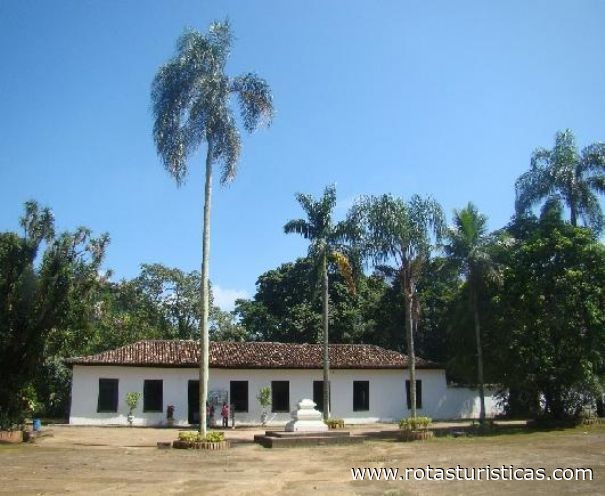 |
Musée d'histoire naturelle |
| 2,2 Km |
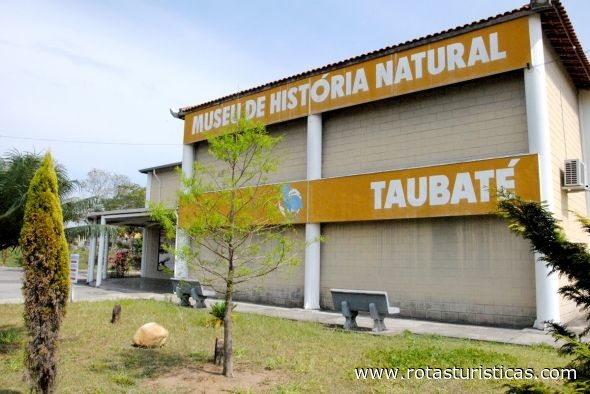 |
Musée Mazzaropi |
| 3,7 Km |
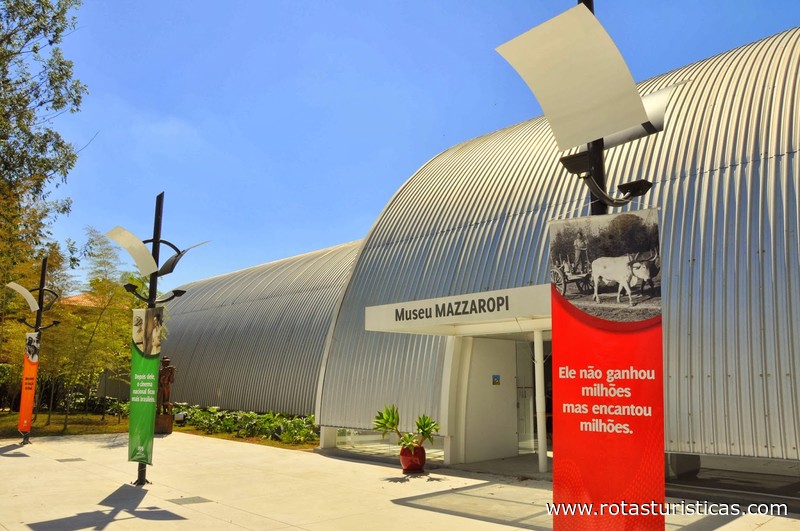 |
Circolo Italiano di Taubate - Musée de l'immigration italienne |
| 8,0 Km |
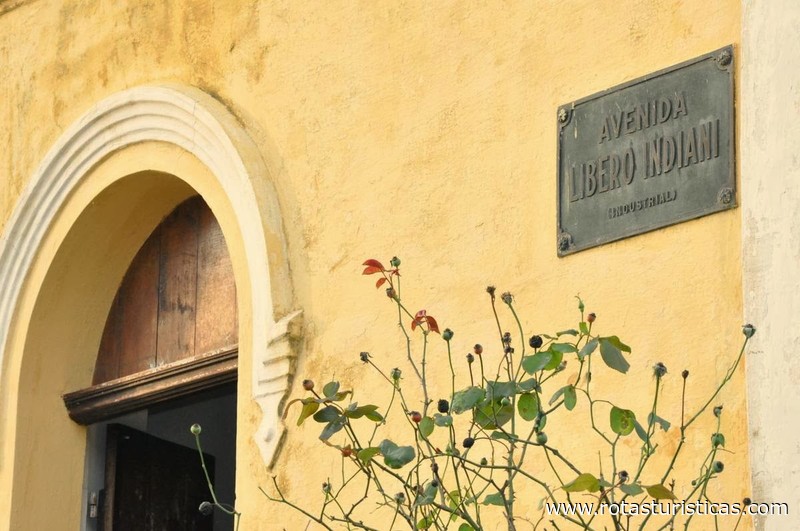 |
Musée Paulista des antiquités mécaniques |
| 18,4 Km |
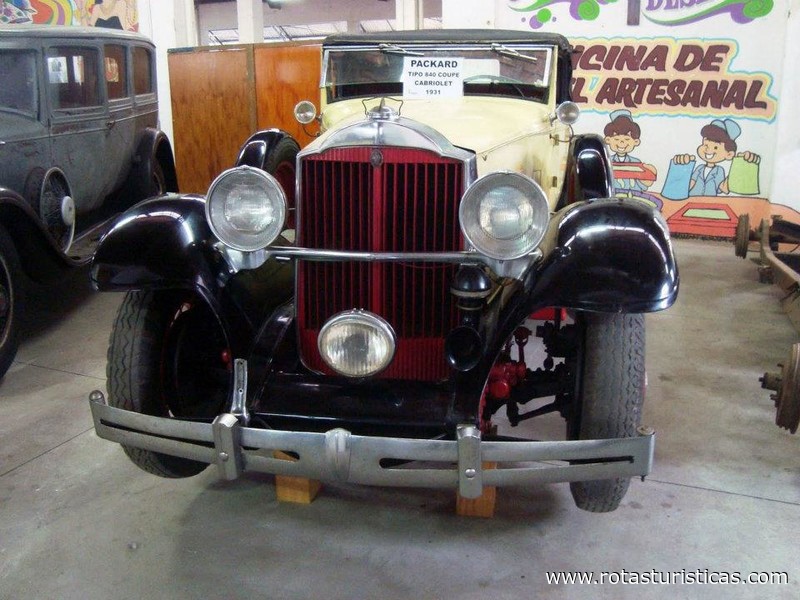 |
Hotel reservation near Museum of Sacred Art within a radius of 20 km
Why to book with ROUTES TOURISTIQUES
The best prices
Our partnerships with the world´s largest operators offer research on the best market prices.
More options
At Rotas Turisticos you can book the hotel, buy the air ticket, book the transfer from the airport to the hotel and vice versa, book the local excursions, rent the car, take travel insurance and consult the places to visit and where to go.
Holiday Tips & Destinations
Hundreds of holiday destinations with all the options that allow you to easily choose the destination that best suits your dream vacation.
ROUTES TOURISTIQUES
Links


